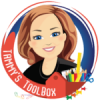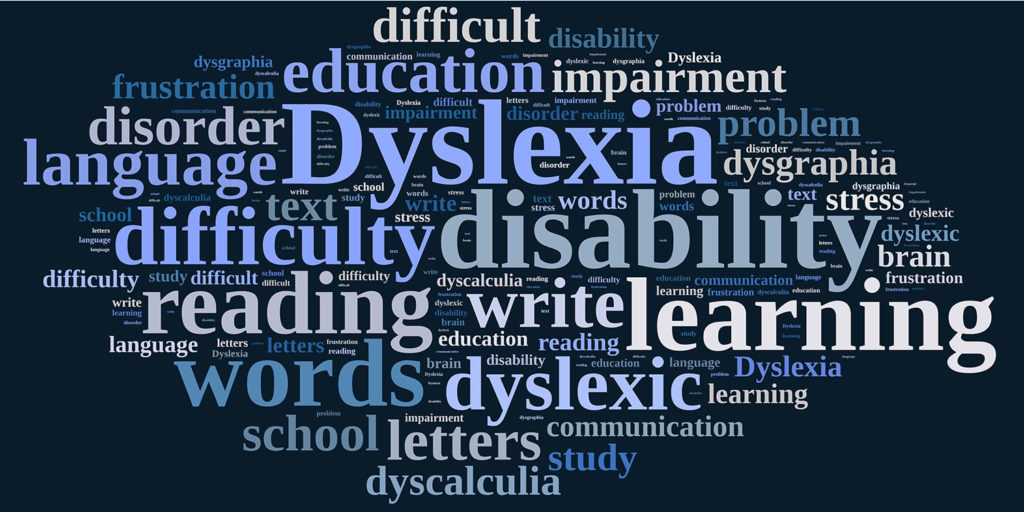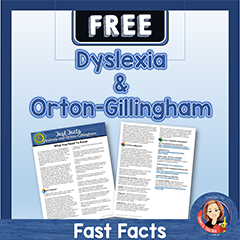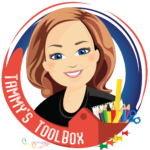What You Need to Know About Dyslexia and Orton-Gillingham Instruction
What is Orton-Gillingham and how can it help my child with dyslexia? It is heartbreaking to watch a child struggling to read, and It can be overwhelming to know how to help. As a reading tutor, I often get questions on what’s the best way to help students with dyslexia. To help answer those questions, I made this quick overview of the most common reading disability and the Orton-Gillingham method that not only helps those with dyslexia but all struggling readers. Dyslexia is a common language-based learning disability that makes reading, writing, spelling, and sometimes math difficult. One common misconception is that those with this condition cannot learn to read. That is simply untrue. I’ve seen some struggling readers (including my daughter, so I know it’s true) go on to read above grade level and love reading. While, not all will go on to love libraries, with the right type of instruction, those with dyslexia can become successful readers. Here are some fast facts on dyslexia and how the Orton-Gillingham method can help.
What is Dyslexia?
Dyslexia means “poor words.” Dys means poor or difficult in Greek and lexis means word. According to the International Dyslexia Association, “Dyslexia is a specific learning disability that is neurobiological in origin. It is characterized by difficulties with accurate and/or fluent word recognition and by poor spelling and decoding abilities. These difficulties typically result from a deficit in the phonological component of language that is often unexpected in relation to other cognitive abilities and the provision of effective classroom instruction.
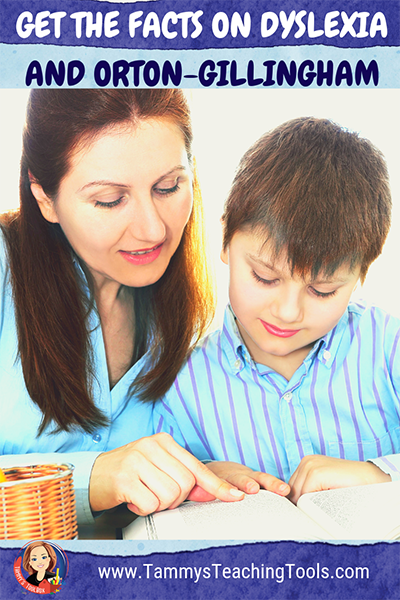
Secondary consequences may include problems in reading comprehension and reduced reading experience that can impede the growth of vocabulary and background knowledge.”
- Dyslexia is a problem with reading accurately and fluently.
- Key signs of dyslexia in children include trouble decoding words, trouble with phonemic awareness, and difficulty recognizing individual sounds in words.
- It affects people in different degrees and symptoms may vary from one person to another.
- Dyslexia is a neurological condition caused by different wiring in the parts of the brain that are involved in knowing how sounds are represented in words and what the written words look like.
- Proper instruction can change the way the brain works and strengthen pathways for reading.
- Dyslexia is a lifelong condition. People don’t outgrow it, but with the right support and proper instruction they can improve and learn to read
- The International Dyslexia Association estimates that between 15-20% of the population may have symptoms of dyslexia.
- Many successful and famous people struggle with this condition. People with dyslexia have many unique strengths and can go on to accomplish great things.
- The causes of dyslexia are not apparent. It does run in families and occurs in people of all backgrounds.
- Dyslexia is not a problem of intelligence. It is not a vision problem. It involves understanding how the sounds in words are represented by letters.
There are specialized teaching methods that have been proven to help kids with dyslexia. This reading instruction goes by many names such as structured literacy, Orton- Gillingham, simultaneous multisensory, explicit phonics, and multisensory structured language education (MSLE). Experts often consider these to be the gold standards for teaching kids with dyslexia to read. They prepare students to decode words explicitly and systematically. This approach helps students with dyslexia and it is effective for all readers.
What is Orton-Gillingham?
You may have heard about something called Orton–Gillingham (OG). It uses instruction that is highly structured, sequential and multisensory. Orton-Gillingham is not a specific program, but rather an approach that has been researched and proven to teach those with language-based learning disabilities successfully. Many research-based reading programs use OG. The Orton-Gillingham method is based on the research of Dr. Samuel Orton, a neuropsychiatrist, and the work of Anna Gillingham, a psychologist and educator.
Many people think of OG as phonics. It includes strong phonics and phonemic awareness instruction, but it is more than just phonics. Effective OG Instruction is:
- Systematic and Cumulative. It follows the logical order of the language. Lessons begin with the easiest and most basic concepts and progress methodically to more difficult concepts. Each step builds on concepts previously learned.
- Explicit. OG instruction uses direct teaching of all concepts with continuous student-teacher interaction. It uses explicit phonics instruction.
- Diagnostic. The teacher uses individualized instruction based on careful and continuous assessment so that a student is working on mastery of skills at their current level. It is flexible to meet each child’s current needs.
- Multi-Sensory. Visual, auditory, tactile, and kinesthetic methods are all used to present concepts. Students use the senses of sight, sound, touch, and movement to create pathways that process and retain information.
Effective OG instruction incorporates phonology, phonemic awareness, sound-symbol association, phonics, syllable instruction, morphology, syntax, and semantics into lessons to assure that all students have the underlying skills to decode words successfully.
There are many good programs available that use Orton-Gillingham methods. Teachers and tutors should be specially trained in their use. I have seen this method successfully help struggling readers finally be able to say “I get it, I can read”.
Where Can I Find More Information?
This is not an all-inclusive list, there are many great organizations that offer information and assistance for those with Dyslexia and other learning challenges, These sites are a great place to start.
► The International Dyslexia Association
https://dyslexiaida.org/dyslexia-at-a-glance/
https://dyslexiaida.org/ida-dyslexia-handbook/
► Reading Rockets
http://www.readingrockets.org/reading-topics/dyslexia
► Dyslexia Help – University of Michigan
http://dyslexiahelp.umich.edu/tools
This site includes a comparison of reading and spelling programs for those with dyslexia
► Understood
https://www.understood.org
► Academy of Orton-Gillingham Practitioners and Educators
https://www.ortonacademy.org/resources/what-is-the-orton-gillingham-approach/
► Institute for Multisensory Education
https://www.orton-gillingham.com/
► Bright Solutions for Dyslexia, Inc.
https://www.dys-add.com/
Bright Solutions was founded by Susan Barton, the developer of the Barton Reading and Spelling System – an Orton-Gillingham influenced system designed specifically for parents, homeschool parents, and volunteer tutors in literacy programs.
► Decoding Dyslexia
http://www.decodingdyslexia.net/
Decoding Dyslexia is a Network of grassroots parent groups working to raise dyslexia awareness, get families the support they need, and inform policy makers on best practices. Search for groups in your State.
► National Center for Learning Disabilities (NCLD)
https://www.ncld.org/
Offers in depth information about learning disability diagnosis, management, and advocacy.
► LD Online
http://www.ldonline.org/
The educator’s guide to learning disabilities and ADHD
► Dyslexiaville:
https://superdville.com/
Dyslexiaville is a nonprofit media company that offers a children’s web destination that promises to provide a place of belonging, learning & celebration for kids with learning differences & the adults who love & teach them.
►Learning Ally
https://learningally.org/
Learning Ally, which was previously named Recording for the Blind & Dyslexic or RFB&D, is a non-profit volunteer organization operating nationwide in the United States.
► BookShare:
https://www.bookshare.org/
Bookshare® is an ebook library that makes reading easier.
► Learning Works for Kids
https://learningworksforkids.com/
LearningWorks for Kids was founded on the principle that popular video games and other digital media, when used mindfully and responsibly, can be powerful tools for sharpening and improving children’s academic performance and cognitive Thinking Skills.
 Visit Tammy’s Toolbox to get resources that incorporate Orton-Gillingham methods for teaching reading, phonics, phonemic awareness, spelling, sight words, syllables, and more.
Visit Tammy’s Toolbox to get resources that incorporate Orton-Gillingham methods for teaching reading, phonics, phonemic awareness, spelling, sight words, syllables, and more.
Click Here to get a free downloadable fact sheet version of this post to share.

